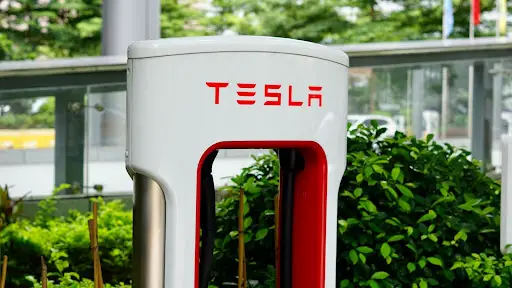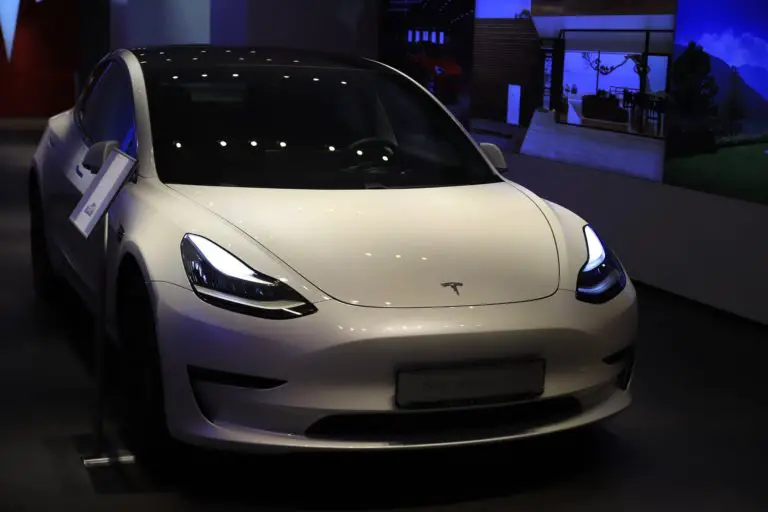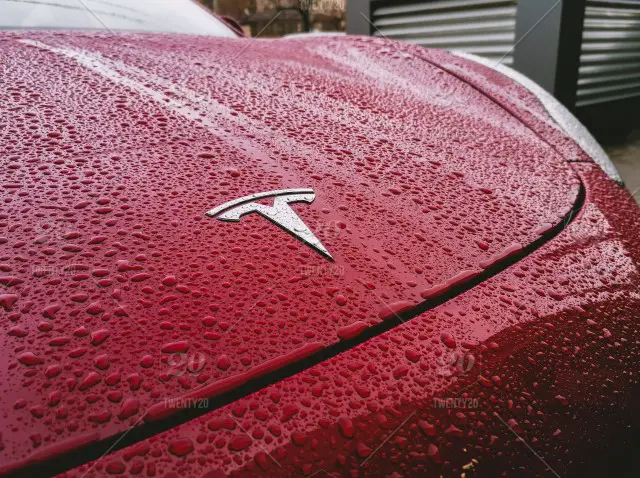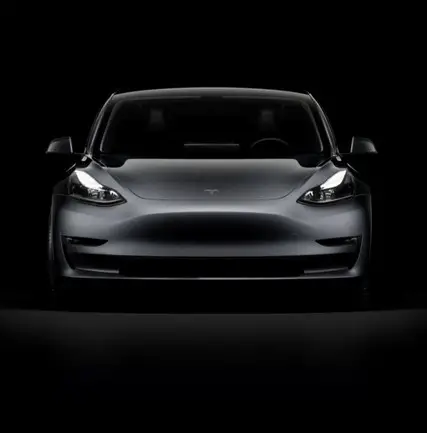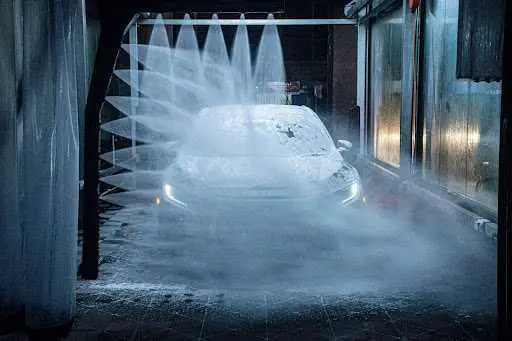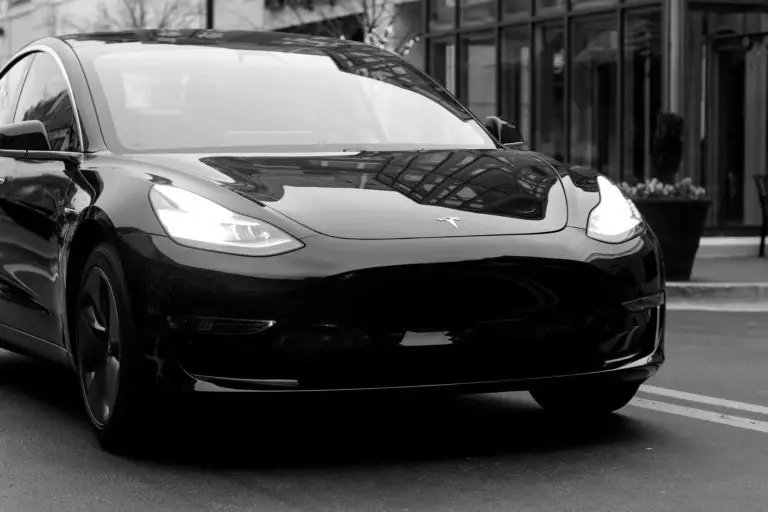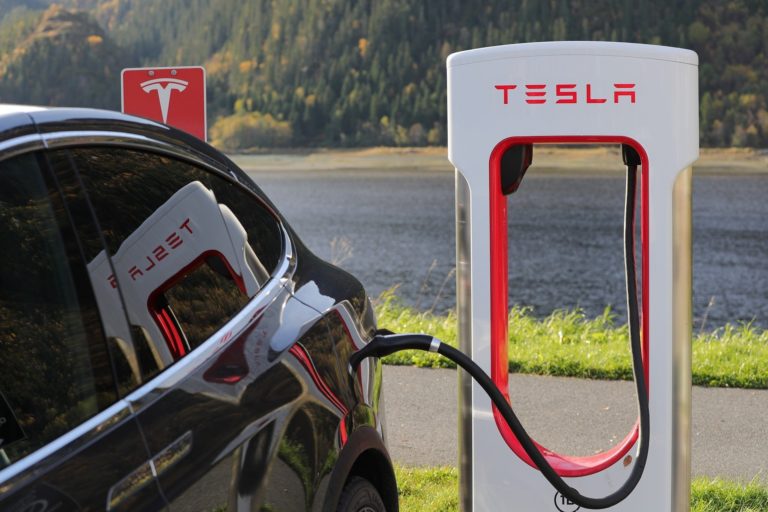Tesla Destination Charger vs. Supercharger: The Differences
Tesla feels committed to reducing range anxiety among EV owners and is constantly launching new charging methods. Tesla owners can charge their cars at different locations and speeds and use different equipment. For example, there are Destination Chargers and Superchargers.
The main differences between Tesla Superchargers and Destination chargers are location, speed, and price. Superchargers have dedicated charging stations, while Destination Chargers are typically in hotels, restaurants, and other public places. Plus, Superchargers costs more but are much faster.
Continue reading to know about their locations, fees, speed, and charging cabinet. Then you’ll learn ways to find an available station.
Table of Contents
- Site of Charging Station
- Charging Fees
- Charging Speed
- Charging Cabinet
- How to Find Different Charging Stations
- Final Thoughts
Site of Charging Station
The first difference between these two types of chargers is their location.
Destination Chargers will take longer to charge your car, so you usually find Destination Chargers in urban areas like hotels and restaurants. Your vehicle charges while you’re enjoying your stay or meal.
Superchargers charge your Tesla way faster. They’re designed to get you back on the road as quickly as possible, so you’ll usually see them on highways.
If you’re wondering how you might find a station on the road, don’t worry. Just log on to Tesla’s Go Anywhere page, choose your car’s model, your point of departure, and your destination. The page will recommend the best routes and tell you where you can stop for a charge on your way. It even shows you how much you can save on gas by driving an EV.
Charging Fees
You might have heard that Tesla Superchargers are free. Well, it used to be the case, but not anymore.
When you buy the car, you’ll have 400 kWh annual credit. You can drive around 1000 miles with that. Once you’ve used up your credit, you need to pay for charging.
The rates depend on the country you’re living in and your Tesla model. For example, if you drive a Model X and live in the US, you probably need to pay around $15.29 to have your car fully charged.
On the other hand, Destination Chargers are often free, as you’re paying for other facility services.
What’s Idle Fee?
You might be on the road and need to Supercharge your Tesla. You get to the station only to see no empty station at all.
Some car owners may forget to remove their cars from the charge station when they’re full, leading to long lines waiting for vacant stalls. For that reason, Tesla will charge these owners with idle fees. After all, no one leaves their car in a gas station. Electric vehicles should be no exception.
The amount of idle fees can vary depending on the charging station. First, this fine is only applicable where at least half of the stalls at the station are being used. You have to pay double if all the stalls are at work. The fee can range between $0.50-$1.00 per minute.
Second, when the car is fully charged, you have five minutes to remove your car. If you remove your vehicle before that, Tesla will waive the idle fee automatically.
On the other hand, Destination Chargers don’t apply idle fees since they have a slower charging process and are usually in urban areas.
Now how can you avoid idle fees? Don’t stress out. Check your Tesla app regularly to see when the charging process completes and go back before the car is fully charged.
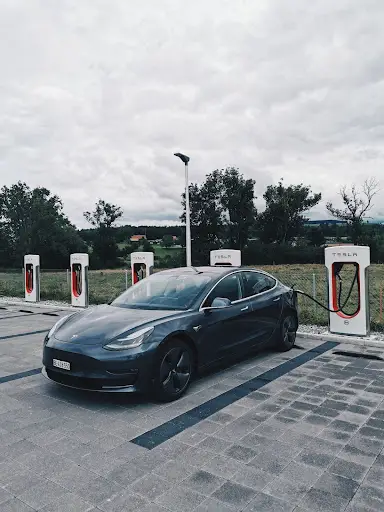
Charging Speed
The super in Supercharger is there for a reason. The technology uses 450-volt electricity to charge your battery up to 80 percent in less than 40 minutes. After that, the charging rate slows down to protect the battery.
Your car needs around 75 minutes to be fully charged. With 15 minutes of charging, you can drive an average of 150 miles.
Although Superchargers are relatively faster, they’re still much slower than filling up your tank at a gas station. Plus, you may have to spend a few minutes in line since Supercharger stations can get crowded, especially during cold seasons. So remember that before hitting the road.
Destination Chargers are much slower and could take more than 12 hours to fully charge your car. They’re an excellent option for an overnight stay at a hotel. A 30-minute charge at a destination charger is good for 15 miles.
But why is the difference that huge? It’s because of the way Superchargers charge cars. A typical charger, including a Destination Charger, gives AC power to the vehicle, which is then converted to DC. Superchargers directly transfer DC power to the car, accelerating the charging process.
There’s a trick you can use to speed up Supercharging even further. After you find a Supercharger station, use the car’s internal navigation system to get there instead of simply driving there on your own. This way, your vehicle will prepare itself for charging by preconditioning the battery. So, it’ll charge even faster.
Charging Cabinet
There are different types of Superchargers that charge up vehicles at different speeds. We have Urban, V2, and V3 Superchargers.
Recognizing urban Superchargers is easy. The box holding the plug is different from other models. Tesla introduced this model in 2017, so it’s the slowest model and limited to 72 kW. With this model, you don’t have to worry about your chosen stall. It was designed to split the power all the time, so it doesn’t matter if there’s a car using the same Supercharger stall.
V2 and V3 Superchargers housing look different from urban Superchargers. Their cable plug is different. V2’s cable plug is air-cooled, so it’s thicker for safety reasons. The cable plug in V3 is liquid-cooled and thinner.
Each V2 Supercharger is rated at 300 kW power. However, they can’t divide power between stalls evenly. It means that the amount of power a stall receives depends on how much power the other stall in the same cabinet is drawing. So, if the first vehicle is drawing 60% of the power, the second vehicle receives 40%. When the first vehicle is done, the second one receives full power.
In one V3 Supercharger cabinet, we see four stalls. Each stall rates 250 kW power if the other three stalls are also at work. It means a V3 cabinet can provide 1000 kW power, and if only one stall is at work, a car can charge at full 1000 kW power.
Unfortunately, high speed is not available for all Tesla models since some have smaller battery packs. They can’t tolerate that much power, and more power could degrade the car’s battery.
Another thing that you need to pay attention to in using Superchargers is State of Charge (SOC). If you want to access the full power of Superchargers, you need to be around 10% of charge. Superchargers don’t give your car full power all the time. That continuous power stream will harm your battery.
On the other hand, Destination Chargers use Tesla’s Wall Connector. It’s a 240-volt device with 19.2 kW capacity that slowly charges cars.
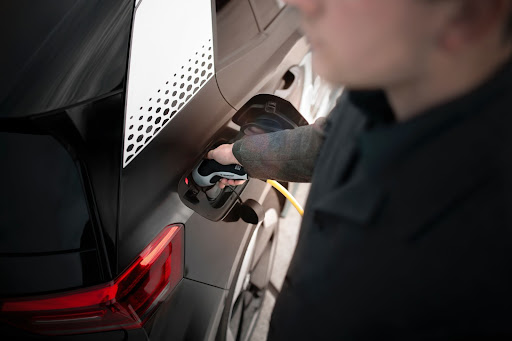
How to Find Different Charging Stations
There are more than 25,000 Superchargers stations around the world, and Tesla’s app shows all the available charging stations and routes leading to them. You can also use the car’s infotainment system to find charging stations.
The app gives you all the necessary details even when you’re not in your car or you’re just planning for a trip. You can also get the information on your laptop.
If you don’t find the Tesla app useful, these alternatives are also available.
Chargemap
Chargemap is used by more than 500,000 electric drivers and lists more than 300,000 charging stations. For each station, the app provides information like connector types, availability times, access procedures, and user reviews so that drivers can filter stations based on their needs.
You can take pictures and write reviews to contribute to the community. While the app is free for Android and iOS, it offers in-app purchases to enhance the user experience.
PlugShare
This free application provides information about charging stations around the world. Users report details about the station, including waiting times, availability, and supported vehicle types. There are more than 230,000 locations on the app, and you can filter stations based on car manufacturers. So, the app isn’t exclusive to Tesla owners. PlugShare is available for both Android and iOS.
ChargePoint
ChargePoint has real-time information about more than 100,000 charging locations, their status, and cost.
You can filter stations based on your vehicle’s manufacturer and model and get a detailed satellite view when you find the right station. This free app is available on both Android and iOS.
ChargeHub
ChargeHub collects information from more than 120,000 charging stations in the US and Canada. Users can filter stations based on price, charging level, vehicle manufacturer, and models.
This free app also shows you hotels, restaurants, parks, and other places near each station. User reviews and ratings help you find the best locations, and you can also contribute to ChargeHub’s database by adding locations. ChargeHub is available on Google Play and App Store.
Final Thoughts
Your choice between Destination Chargers and Superchargers largely depends on where you are and how long you plan to stay there.
As the name suggests, Destination Chargers are located in destinations like hotels and restaurants. The vehicle charges as you enjoy your stay at these convenient facilities.
Supercharger stations are mostly located on highways and available for travelers. They charge cars very quickly so that you’re good to go in less than an hour of charging. All the stations can be found on Tesla’s website and other third-party applications.
Amazon and the Amazon logo are trademarks of Amazon.com, Inc, or its affiliates.

